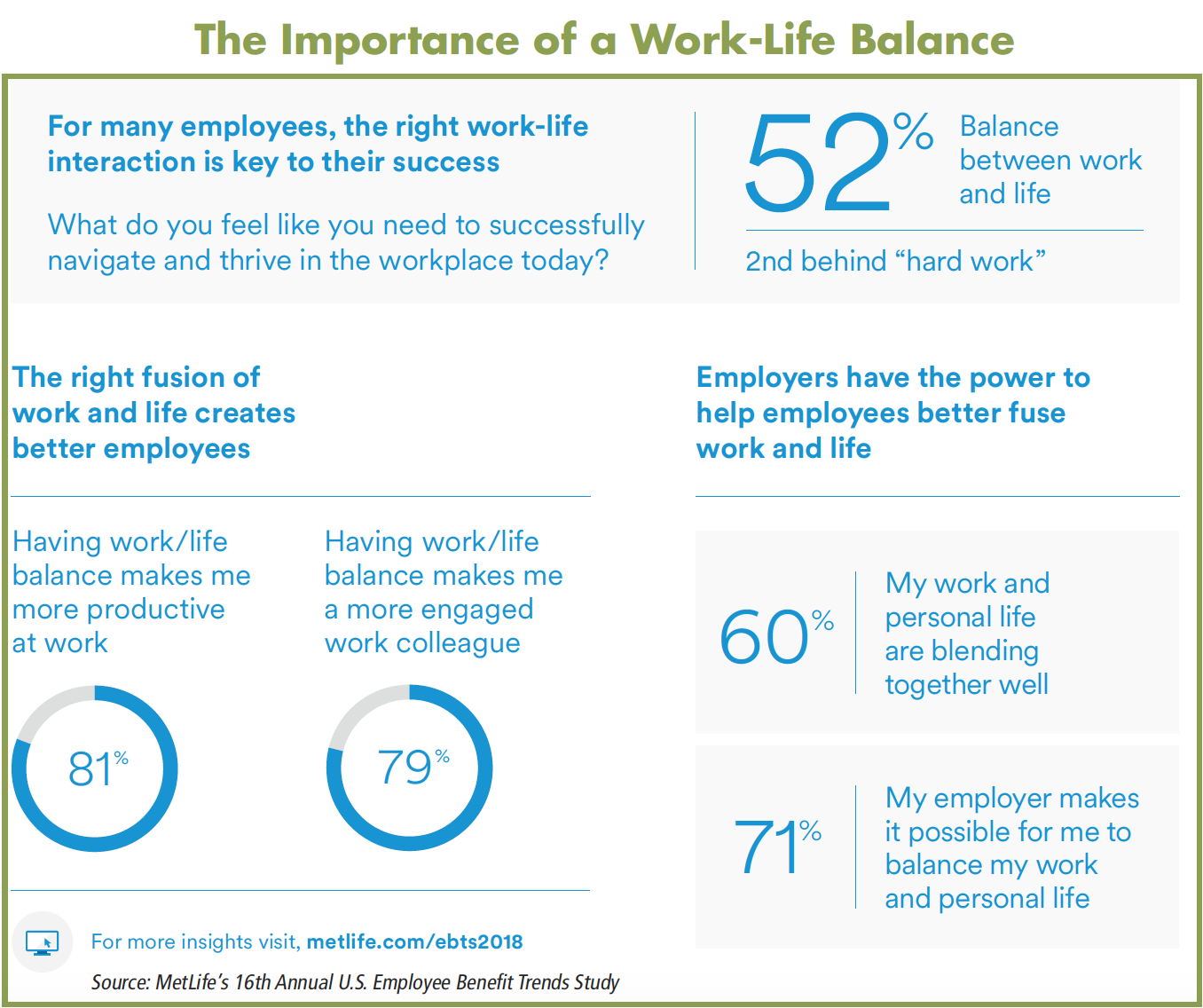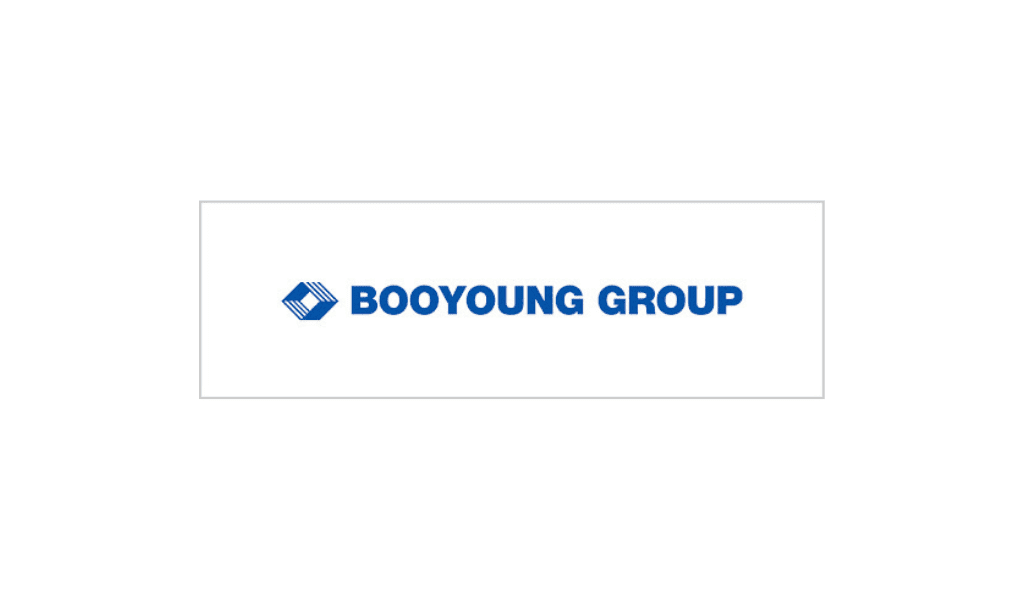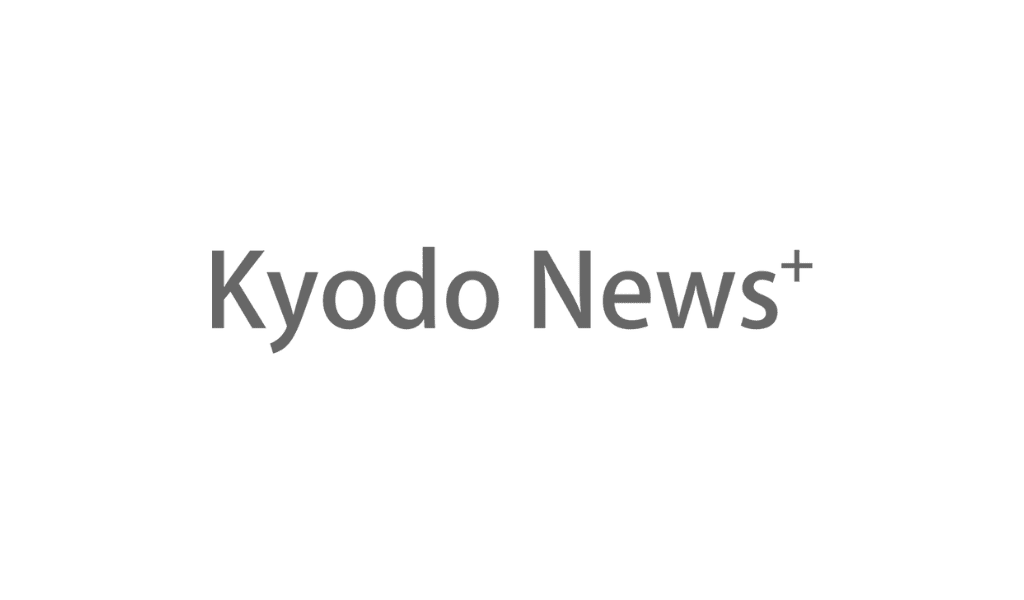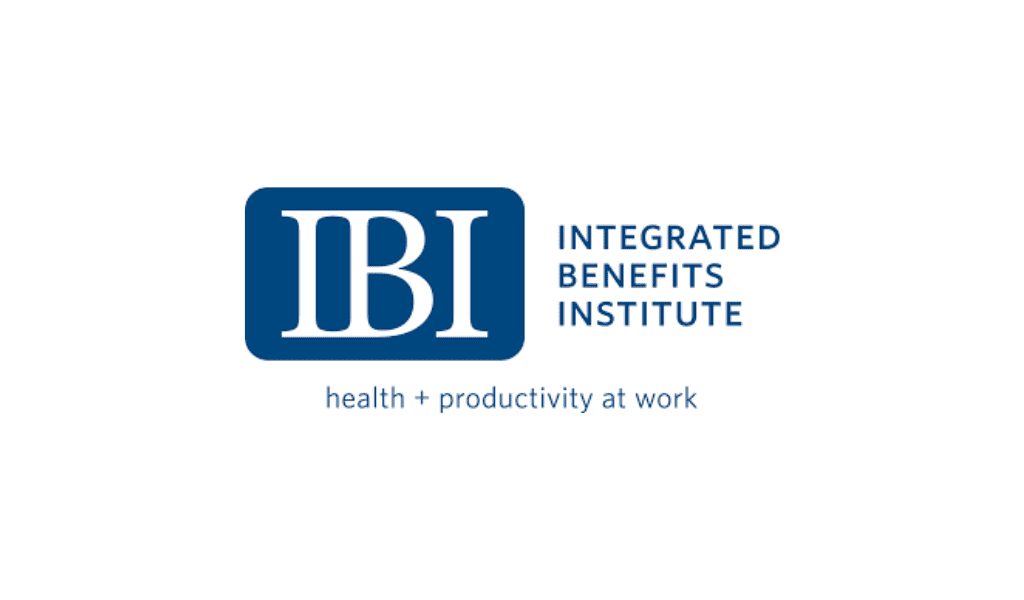Customizable benefits are key to engaging, retaining, and motivating millennial employees.
By Bradd Chignoli
Millennials have become the largest generation in the labor force, making up more than one-third of the total workforce, according to a Pew Research Center analysis of U.S. Census Bureau data. As a result, organizations are striving to understand and meet the needs of this diverse demographic. And this is just one generation. Today’s workforce spans four -soon to be five -generations, and is comprised of various demographic and socio-economic backgrounds. So, it’s more important than ever that organizations’ benefit options are just as diverse and are designed to meet each employee’s individual goals and needs. How can this be accomplished?
- Provide customization. Millennials are growing up: The age range for these workers is now between 22 and 35 years old, and their benefit needs are likely to vary widely. Because of this, employers need to prioritize offering benefits that are personalized and easily customizable. In fact, MetLife’s 16th Annual U.S. Employee Benefit Trends Study (EBTS) finds that the ability to customize benefits to personal needs is key to attracting millennials, with 80 percent of workers in this age group agreeing this matters most when considering a new job. Not only are millennials seeking out customizable benefits, but they are also willing to pay for it. Data from the EBTS shows that 69 percent of millennials, compared to 60 percent of all employees, say they’re willing to pay more to have benefits choices that meet their needs. When it comes to benefits must-haves, millennials have a different perspective than their Gen X and baby boomer coworkers, moving away from traditional benefits and toward voluntary benefits. This younger generation sees more value in benefits such as accident, critical illness, legal services, and financial wellness programs.
Customization and flexibility -not only in employee benefits but also in professional development and work schedules -are key to creating a greater sense of connectivity in the workplace. Organizations that don’t adapt to offering more flexible work options stand to lose top talent to those that do. And the ability to tailor benefits to meet worker needs remains a high loyalty driver among employees, with 70 percent of all employees saying they are looking for the ability to customize, according to the EBTS.
- Use technology to improve work-life balance. Flexible work arrangements are also a key driver to creating a productive and engaged workforce. With unemployment at record lows and skilled job seekers in high demand, providing employees the balance they desire has never been more important than it is today. In fact, according to the EBTS, offering a flexible schedule –which 71 percent of employees say is the most helpful factor in balancing work-home responsibilities -builds loyalty.
Organizations that deploy mobile technology, such as online meetings and remote log-in capabilities, reap rewards. For example, accommodating an existing employee’s request for flex work through technology will eliminate the need to find and train a new hire, leading to overall increased productivity.
- Evolve the role of the employer. Within the millennial generation are additional subgroups with even more diverse views on the role employers play in workers’ lives. MetLife’s 2017 Role of the Company found that, in particular, millennial women were more likely than average to desire greater involvement from their employers in providing retirement security, career development and training programs, and financial wellness support. This further emphasizes the importance of communicating with all demographic segments to ensure that the needs of all corners of the workforce are met and every employee is set up for success in the organization.
- Offer training and continuous learning. Professional development also relates to engagement, as employees who believe their company provides them with appropriate training to be successful are 15 percent more likely to feel connected at work. EBTS data shows that while 77 percent of employers say they are committed to their employees’ success, only 65 percent of employees agree. What’s more, less than two-thirds of young millennials (ages 21 to 24) believe that their employers provide sufficient training to help them stay successful.
How can organizations expect their employees to stick around if they are underserving them in their current roles, not to mention neglecting to provide development opportunities for growth?
Harnessing technology and available tools, such as webinars or e-learning courses, creates an integrated learning experience that provides employees with access to a range of development opportunities and can foster a more engaged and loyal workforce. EBTS data shows that when employees feel they are provided with training to help them succeed, they also feel valued by their employers.
- Deliver financial well-being tools. One of the biggest areas of interest for millennial employees is financial wellness programs. Offering these types of benefits is a win-win for employers as well. The EBTS found that nearly a third of employees (30 percent) admit to lying awake at night worrying about money. And, of course, these preoccupations don’t get left outside of the office door -they are brought into workplaces every day, leading to a less productive and less engaged workforce.
By implementing a financial wellness program, organizations can show their support for employees by not only encouraging them to address their financial anxieties, but also by giving them the tools to achieve their short- and long-term financial goals. Millennials, in particular, are faced with significant amounts of student loan debt which could hinder their abilities to meet life milestones, such as buying a home, starting a family, or saving for retirement.
A sense of connection in the workplace through customizable benefits, financial wellness, flex time, and professional development programs is beneficial to all. Organizations that offer such benefits gain better recruitment and retention, and increased productivity and engagement from employees. Workers experience less stress, better health, and a greater sense of empowerment and appreciation. In the end, productivity and engagement will be the reward.
Bradd Chignoli is senior vice president of national accounts, group benefits, for MetLife.














